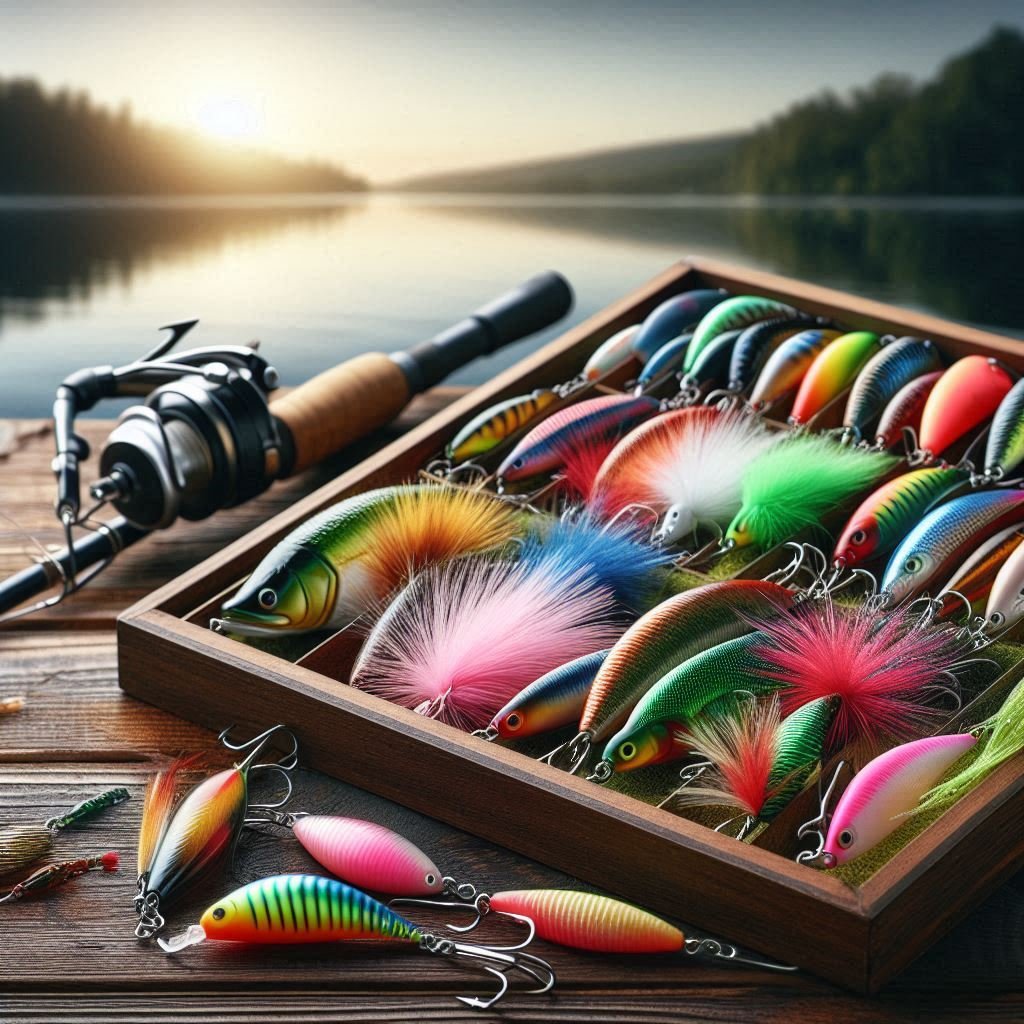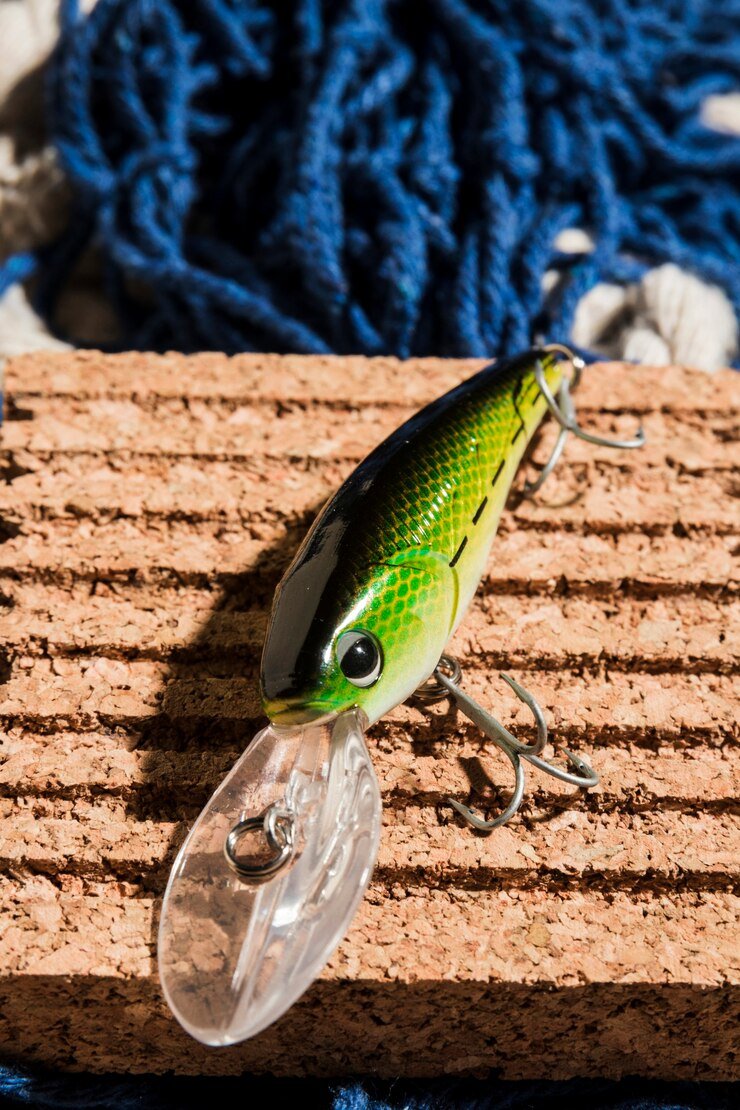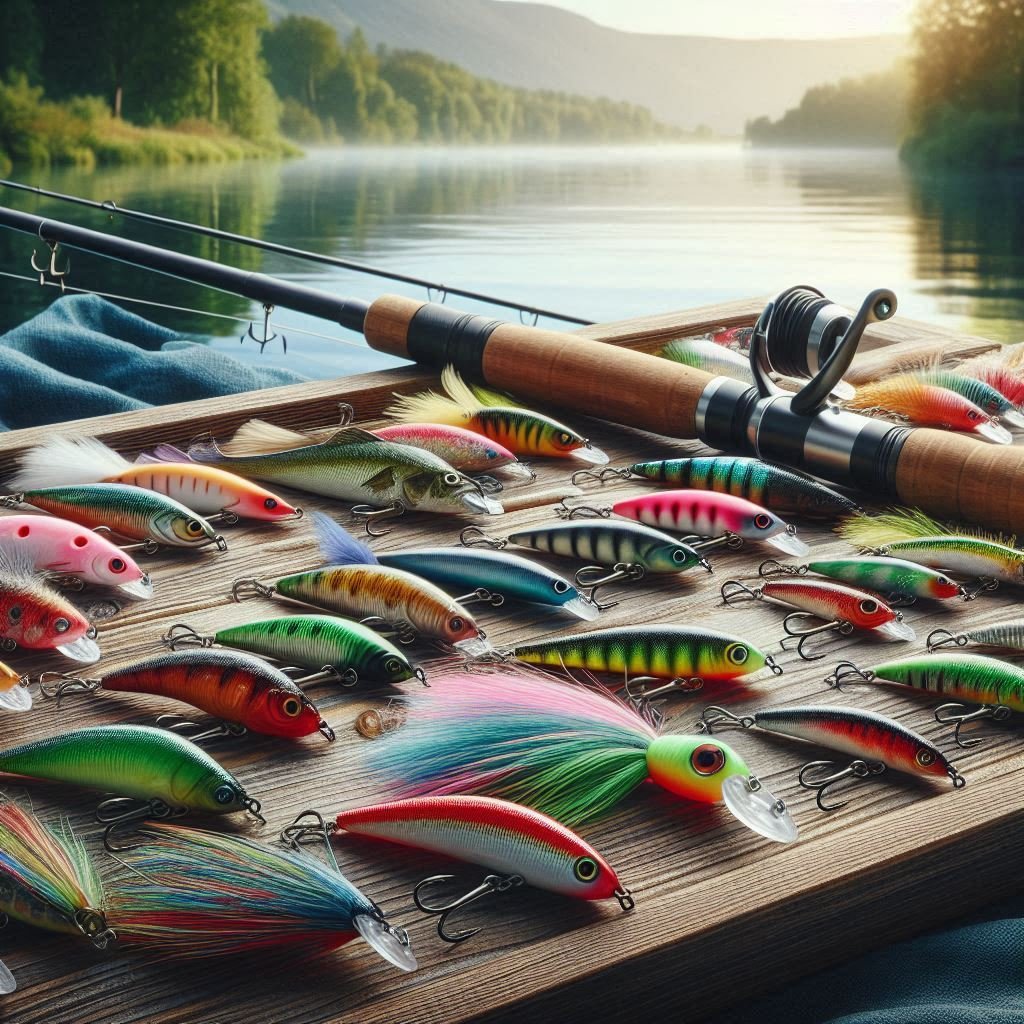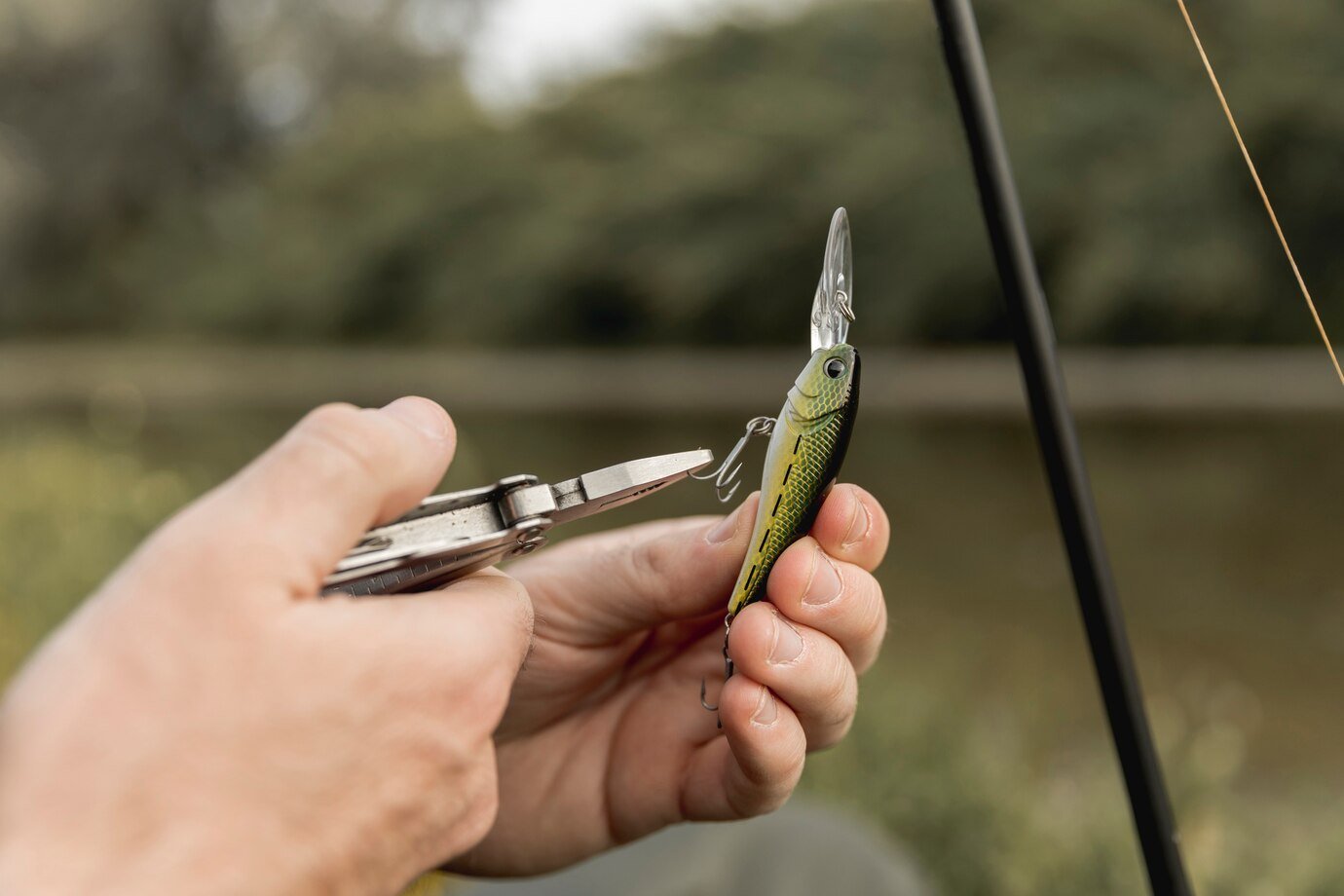Fishing lures have long been a fundamental tool in the angler’s toolkit. At their core, they are designed to attract fish by mimicking the movement, shape, or appearance of natural prey, making them an essential part of the fishing experience. One particular lure, the Hellbender fishing lure, stands out due to its unique design and effectiveness in catching a wide range of fish species.
Before diving into the specifics of the Hellbender fishing lure, let’s first understand what fishing lures are and how they work. Fishing lures are artificial baits designed to simulate the movement and appearance of prey species in the water. By reflecting the actions, colors, and patterns of fish food, they trigger a predatory response from fish, drawing them to bite.
The Various Types of Fishing Lures

Fishing lures come in various types, each designed for specific environments, water conditions, and targeted fish species. The Hellbender fishing lure is a type of hard bait, but let’s explore the other common categories of fishing lures for context:
Hard Baits
Hard baits, such as crankbaits, jerkbaits, and topwater lures, are made from durable materials like plastic or wood. These baits often mimic baitfish or insects and feature internal rattles or reflective surfaces to attract fish. The Hellbender fishing lure is often included in this category, designed to create a wide wobbling action that appeals to predatory fish.
Soft Plastics
Soft plastic lures, such as worms, grubs, and creatures, are designed to resemble the movement and texture of soft-bodied prey. These lures are effective for species like bass, walleye, and trout.
Spinners and Spoons
Spinners use rotating blades to create flash and vibration in the water, while spoons are metal lures with a curved shape that mimics the flutter of dying fish. Both types of lures excel in attracting fish from a distance.
Jigs
Jigs are versatile lures that feature a weighted hook and often have a soft plastic or feathered body. They are used for a range of fishing techniques, including bottom bouncing and vertical jigging.
Flies
Flies are lightweight lures used primarily in fly fishing. They are designed to resemble insects or other small prey and are cast using a specialized fly rod.
Each type of fishing lure has its specific applications, with the Hellbender fishing lure being particularly effective for larger fish species that respond to the wobbling action and unique shape.

Materials Used in Fishing Lure Construction
Fishing lures are crafted from a variety of materials, each chosen for its impact on the performance of the lure.
Wood
Wooden lures, like early versions of the Hellbender fishing lure, provide a natural, realistic presentation. They are generally heavier and have a unique buoyancy that creates a more subtle action in the water.
Metal
Metal lures, such as spoons and spinners, are highly effective in creating flash and vibration that attract fish from long distances. The Hellbender fishing lure, when made of metal, often incorporates a reflective finish to mimic the shimmer of a baitfish.
Plastic and Silicone
Plastic lures are lightweight, durable, and come in a wide variety of shapes and colors. They are commonly used in soft plastic baits and some hard baits like the Hellbender fishing lure. Silicone lures, such as soft plastics, are highly flexible and effective at mimicking the movement of real prey.
The Role of Color, Size, and Shape in Lure Selection
Choosing the right lure is an art, and several factors must be considered, including color, size, and shape. These aspects play a crucial role in how the Hellbender fishing lure or any other fishing lure performs under different conditions.
Color
Color choice depends largely on water clarity, light conditions, and the type of prey fish that are present. Bright colors like chartreuse or orange work well in murky water, while natural colors like silver, brown, and green excel in clear water. The Hellbender fishing lure, for example, comes in various color patterns, such as bright neon or natural fish colors, to suit different conditions.
Size
Lures come in a range of sizes, from tiny micro lures for small fish to large lures for big game fish. Matching the size of the lure to the size of the prey fish is critical for success. The Hellbender fishing lure typically targets larger fish species, so its size is often on the larger side.
Shape
The shape of the lure affects its action in the water. The Hellbender fishing lure, for instance, is designed to have a wide wobble and is shaped in a way that attracts predatory fish by imitating the movement of injured prey.
Lure Action: Wobbling, Vibrating, and Fluttering
The action of a lure—how it moves through the water—is one of the most important aspects of its design. For the Hellbender fishing lure, the wobbling action is key. This action simulates the erratic movements of struggling prey, which is highly attractive to fish.
Other lures may vibrate or flutter to mimic different types of prey behavior. The action can be influenced by the size, shape, and material of the lure, with some lures being designed to work at certain depths or speeds.
Advanced Fishing Techniques: Trolling and Jigging

To fully capitalize on the effectiveness of the Hellbender fishing lure and other lures, anglers often employ advanced techniques such as trolling and jigging.
Trolling
Trolling involves dragging a lure behind a moving boat, allowing the lure to cover a large area and attract fish from different depths. The Hellbender fishing lure excels in trolling due to its natural, enticing action.
Jigging
Jigging is a technique where the angler repeatedly raises and lowers the rod to make the lure move up and down in the water. The Hellbender fishing lure can be effective for this technique, especially in deeper waters.
The Role of Scent and Sound in Fishing Lures
Many modern fishing lures, including the Hellbender fishing lure, are designed with scent or sound-producing elements to increase their effectiveness. Scents attract fish by mimicking the smell of natural prey, while sounds (like rattles) mimic the vibrations of struggling fish, triggering the fish’s predatory instincts.
How to Maintain, Store, and Modify Fishing Lures
Proper maintenance and storage of fishing lures are essential for their longevity and effectiveness. Clean your lures after each use to remove dirt, debris, and scent. Store them in a cool, dry place to prevent rust or degradation, especially for metal lures like the Hellbender fishing lure.
Modifying lures can improve their performance. Adding extra hooks, painting over the original colors, or changing the hardware can give the Hellbender fishing lure a new, effective look.
The Evolution of Fishing Lures
Fishing lures have evolved significantly over the years. Early lures were simple, hand-carved wood pieces, while modern lures like the Hellbender fishing lure utilize advanced materials, colors, and actions to attract fish more effectively. Technology has also led to innovations like scent dispensers and noise-making mechanisms, further enhancing the appeal of fishing lures.
How to Select the Right Fishing Lure
When choosing the Hellbender fishing lure or any other fishing lure, consider the species you’re targeting, the water conditions, and the time of day. For example, the Hellbender fishing lure works well for species like bass and walleye, especially when trolling in deeper waters.
Maximizing Success with the Hellbender Fishing Lure

The Hellbender fishing lure is a powerful tool in the hands of anglers, offering excellent performance for targeting a variety of fish species. By understanding the types of fishing lures, their materials, and the importance of color, size, and shape, you can select the right lure for any fishing trip. Incorporating advanced techniques like trolling and jigging, while considering scent and sound features, can enhance your chances of success. Finally, maintaining and modifying your lures will ensure they remain effective for years to come.
